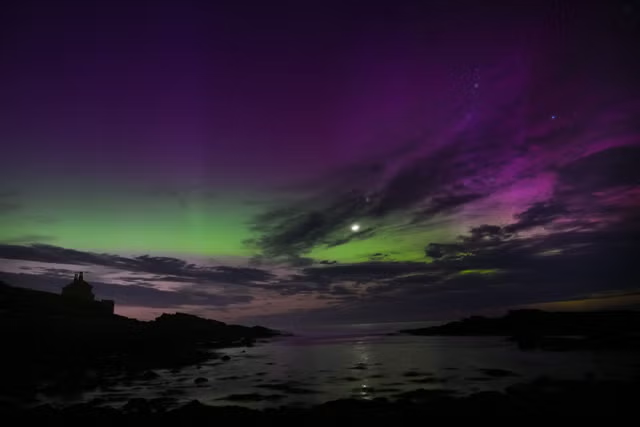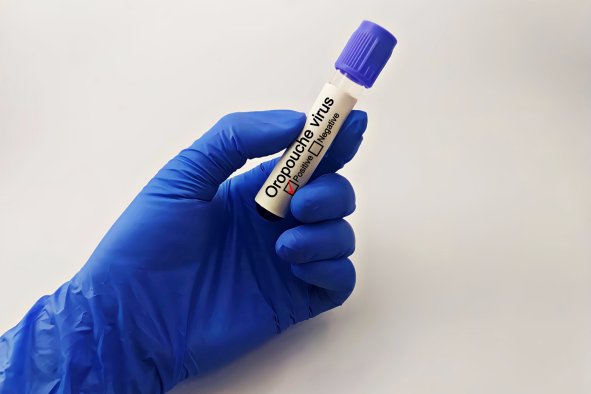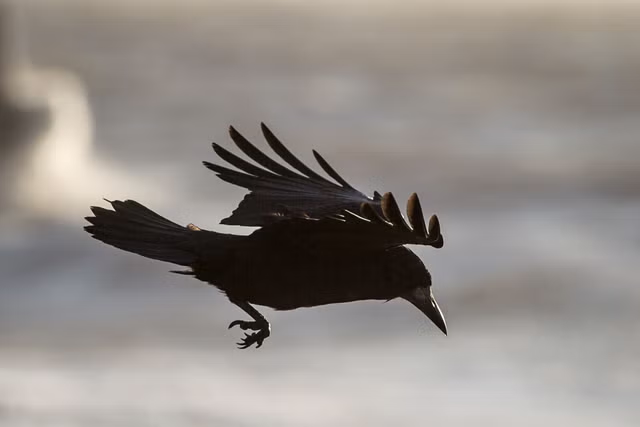A brand-new radar will allow scientists to capture never-before-seen details of the northern lights.
The new equipment, EISCAT_3D, is being built across three sites in Norway, Sweden and Finland. It will enable researchers to measure the aurorae in 3D for the first time.
This could help scientists to unpack the secrets of the Earth's ionosphere and how it interacts with space weather, as well as expand our understanding of aurorae on our planet and beyond.
The ionosphere is a region of Earth's upper atmosphere, stretching from about 30 miles to 400 miles above the Earth's surface. It is characterized by a high concentration of charged ions and free electrons, which are created by the ionization of atmospheric gases by ultraviolet (UV) and X-ray radiation from the sun.
The northern and southern lights occur when charged particles from the sun—from a coronal mass ejection—interact with the Earth's magnetic field during a geomagnetic storm and collide with gases in the ionosphere, producing spectacular light displays.
"The ionosphere is complex and changes constantly from day to day due to variations in space weather conditions. Even small changes in the ionosphere can scatter radio waves from satellites interrupting communications and GPS that society is becoming increasingly reliant on," Rosie Johnson, a researcher at Aberystwyth University who will be using the radar to study the ionosphere, said in a statement.
"Our focus will be to use the unprecedented resolution of EISCAT_3D to understand the small-scale changes of the ionosphere and the impact of this on technological systems."
Aurorae are created by charged particles from the sun colliding with atmospheric atoms and molecules. The particles transfer energy to the atoms and cause them to become "excited." As the excited atoms return to their normal state, they release the excess energy in the form of light, which is what we see as auroras.
"At lower energy levels the oxygen particles will produce red light. The nitrogen in the ionosphere produces purple light, which can combine with the other colours of the aurora to create shades of pink and orange. It is these reactions that create what we see as the Northern Lights," Johnson said in the statement.
"Those who saw the aurora in the UK recently will have noticed more red overhead, which occurs high up in the atmosphere. Further north, the same aurora would have appeared more green overhead as the green emission occurs much lower in the atmosphere."
The researchers hope that studying this phenomenon on other planets, such as Jupiter, will also help us better understand the northern lights on Earth.
Jupiter's magnetic field is over 20,000 times stronger than our planet's and has been seen to have some of the most intense aurorae in our solar system.
"Jupiter offers us a laboratory in space to study the aurora in a different context. Normally in a laboratory you can change the experiment, but in this case, changing the experiment means changing planet," Johnson said.
"We know the solar wind impacts the Earth's aurora, but on Jupiter, it isn't clear how the solar wind and the aurora are connected. No one has settled on a definitive answer. Auroras exist across the solar system and have been seen on Venus, Mars, Saturn and Uranus.
"This work will help us to understand the connection between the Sun and the planets and whether what is happening on Jupiter is similar to Earth. Hopefully it will also help us to better understand our own planet."
Do you have a tip on a science story that Newsweek should be covering? Do you have a question about aurorae? Let us know via science@newsweek.com.
Disclaimer: The copyright of this article belongs to the original author. Reposting this article is solely for the purpose of information dissemination and does not constitute any investment advice. If there is any infringement, please contact us immediately. We will make corrections or deletions as necessary. Thank you.



